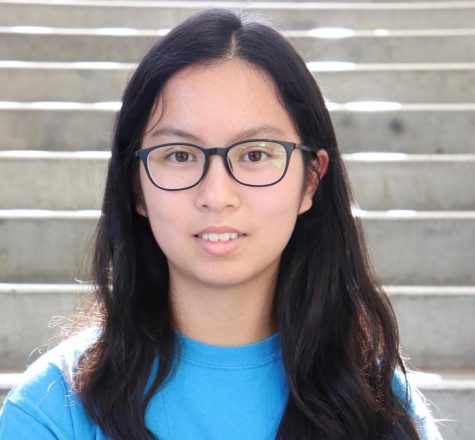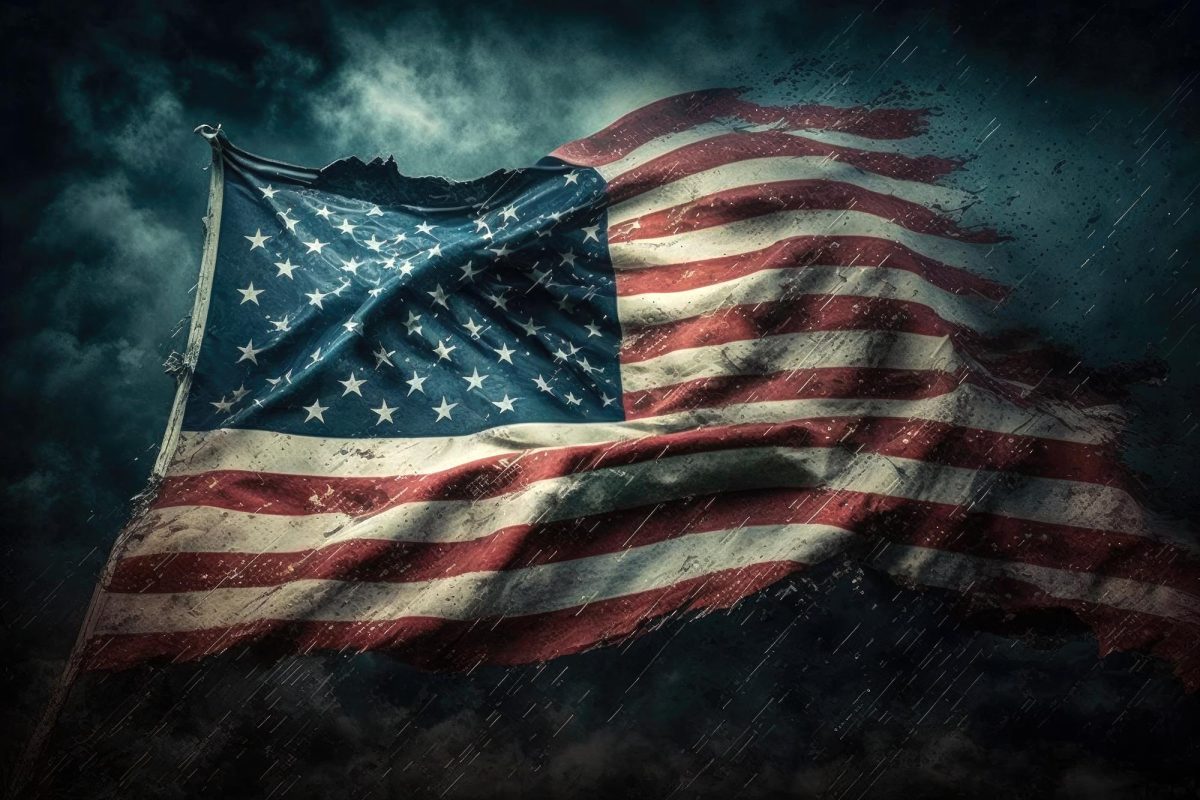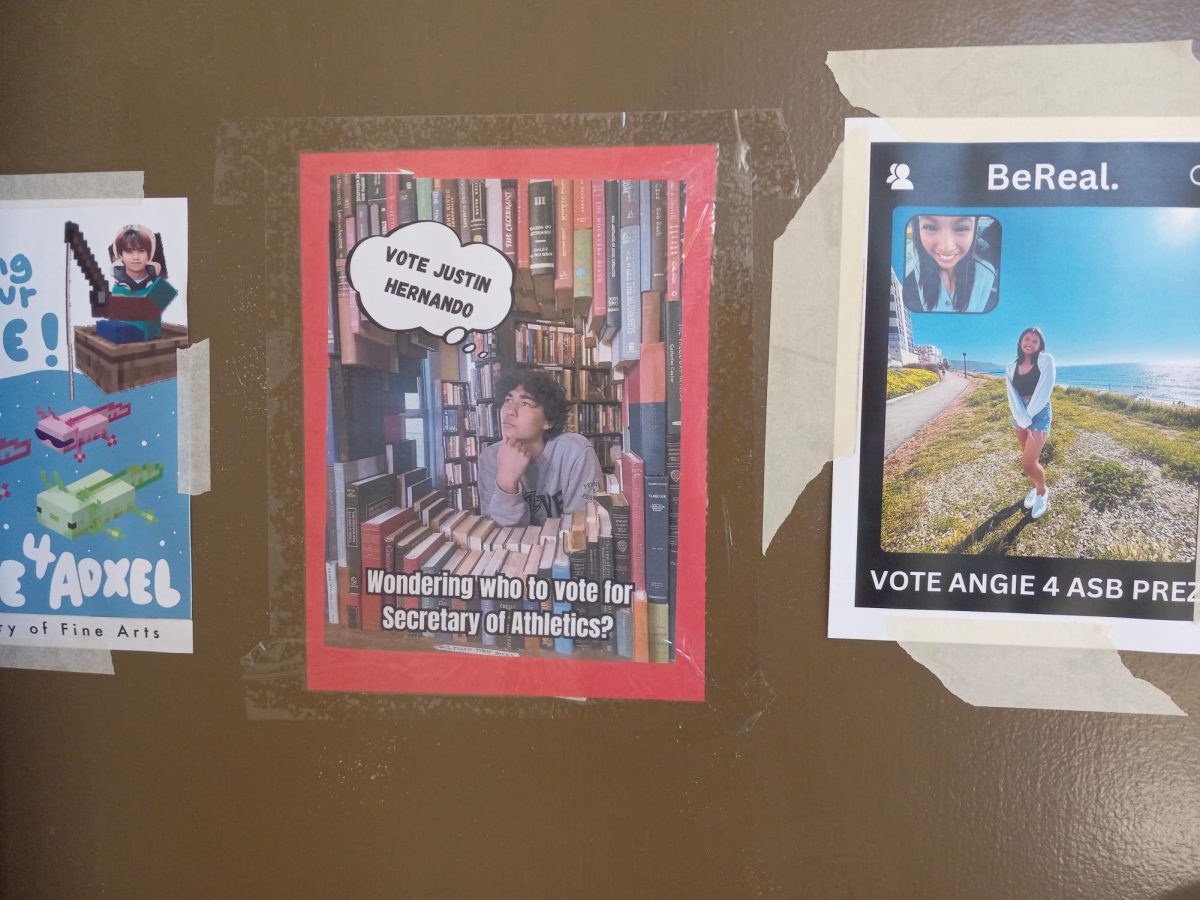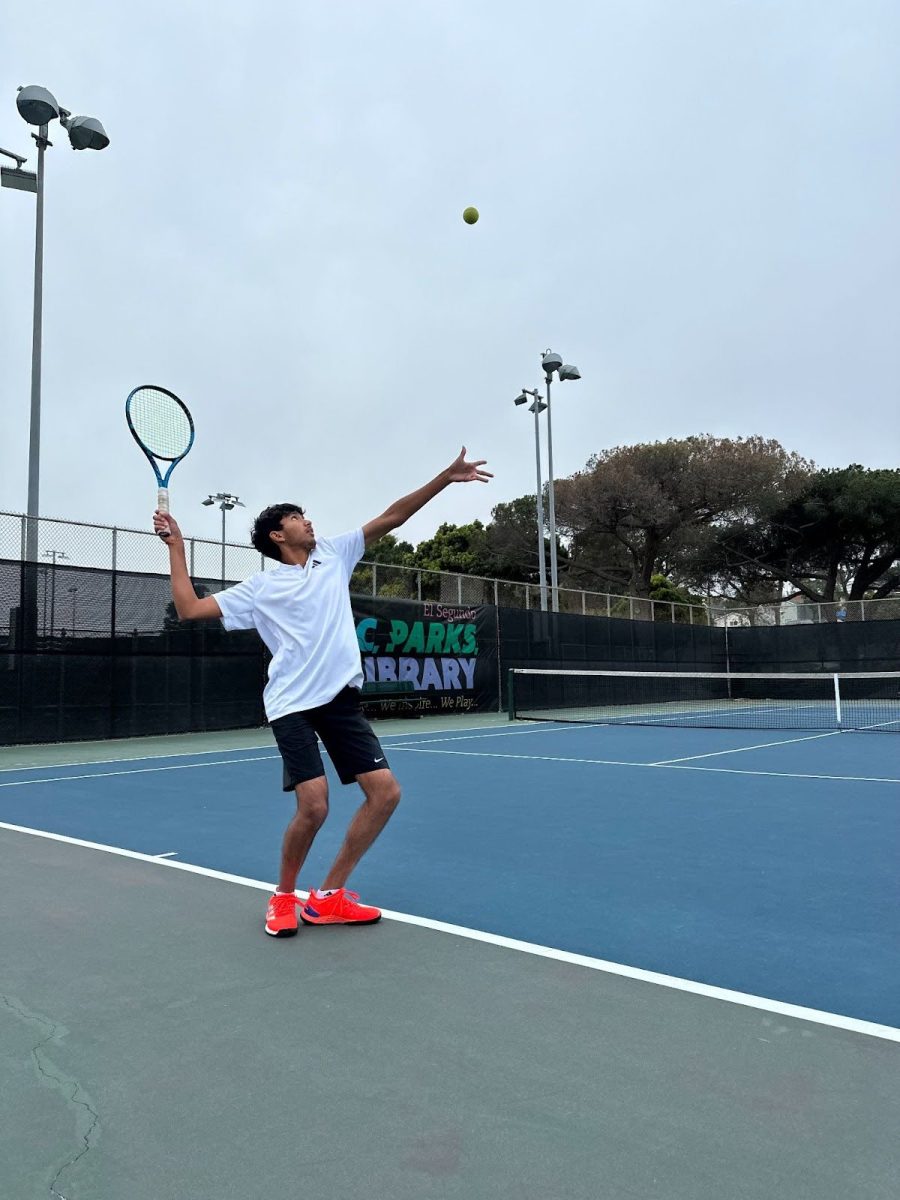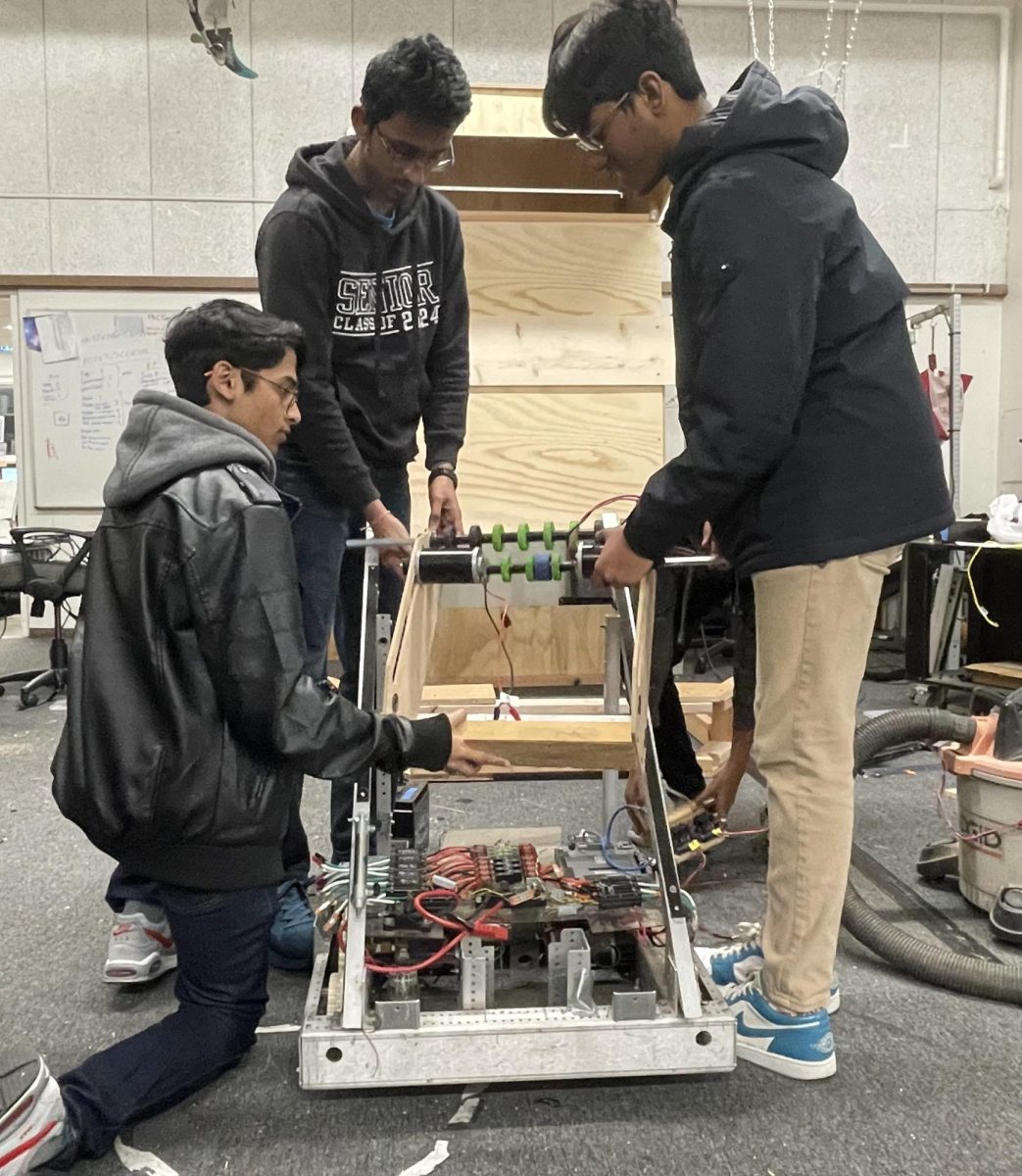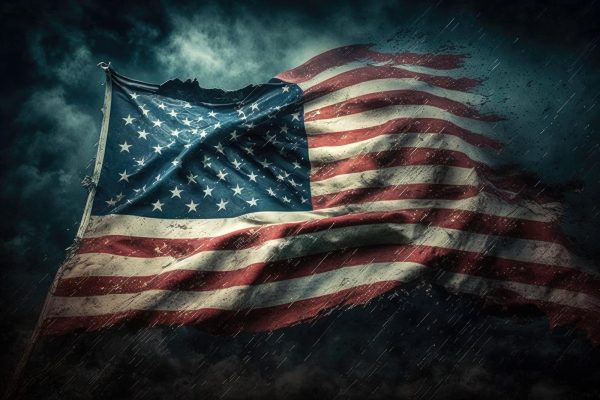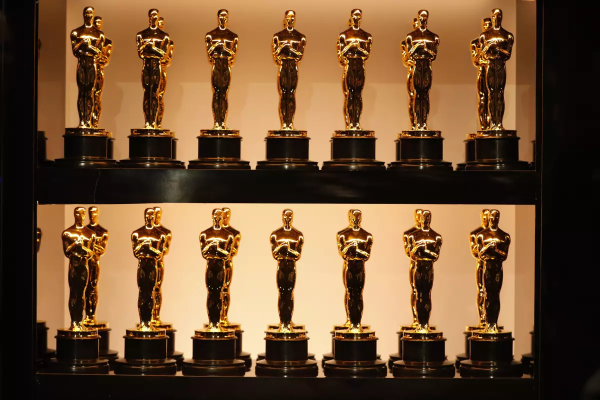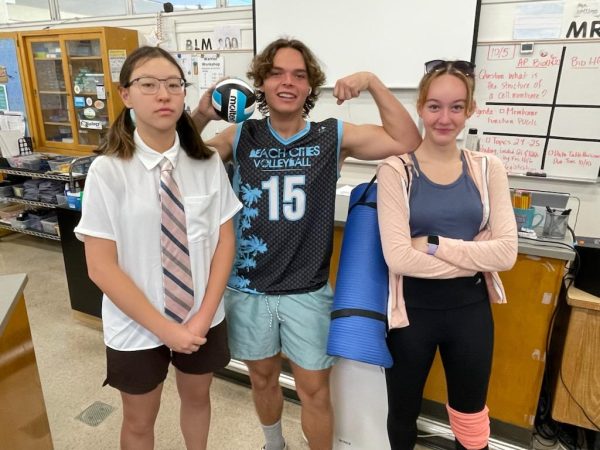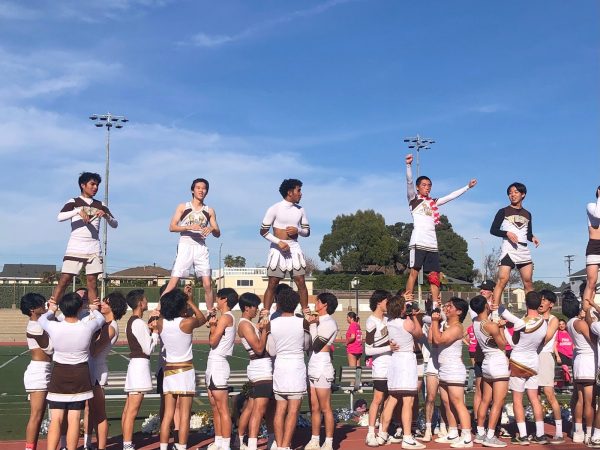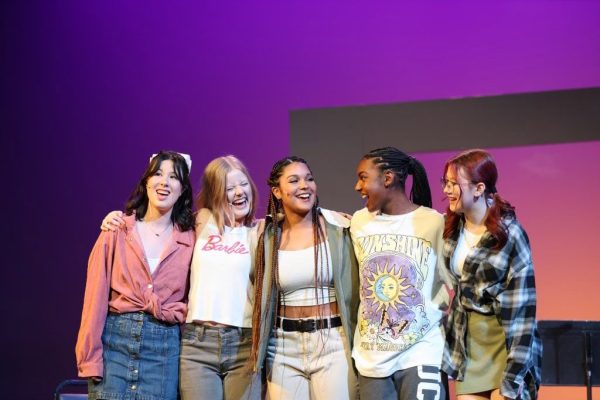Fourteen Actresses, Fourteen Countries
March 25, 2019
Gathered from all around the world, fourteen actresses were featured in Vogue’s latest issue. These actresses include Eiza Gonzalez, Léa Seydoux, Angelababy, Golshifteh Farahani, Elizabeth Debicki, Adesua Etomi-Wellington, Hera Hilmar, Deepika Padukone, and Scarlett Johansson.
Hafsa Haris (10), who supports racial diversity and the tolerance of people’s differences, said, “I think it will put a good impact on other fashion industries and open the eyes of many fashion influencers around the world. [Magazines like Vogue could] broaden their horizons when it comes to the diversity of [their] fashion and selection of models.”
The first shoot took place in East London and the following shoot occurred in New York a few weeks later. Bruna Marquezine, Brazilian telenovela star who was present at these shoots, discussed her past relationship with Neymar, a professional Brazilian footballer. She said, “He was my first real boyfriend. People loved to watch the relationship as if it were a soap opera. We broke up more than four times, As someone watching, you want a happy ending, but as a producer sometimes you know it’s not working out. It was like telling people: There won’t be another season.”
Another actress who also appeared in the publication was Doona Bae from South Korea. She starred in a multitude of films, including The Host, the highest-grossing Korean film to that date. Contrary to the stress and rigor that most Korean idols face, Bae described her life as being casual and low-key. She said, “No one bothers me. It’s not like K-pop stars—they have no privacy. I’m an actor.”
These actresses came together to display their support for major causes, such as feminism. Debicki, an Australian who acted in Steve McQueen’s Widows, said, “We’ve had so many different kinds of men on-screen. We’ve had so many heroes, so many antiheroes; we’ve had crime, romance, drama, thrillers; we’ve had psychos and kings. We don’t get to run the gamut like that as women. We need a myriad of experiences.”
From Berlin and Seoul to Shanghai, these women have set the mark for political and cultural changes
Sanduni Rajapakse (10), who acknowledges beauty within diversity, said, “[Other magazines] could do the same as Vogue and turn it into a normal thing that we don’t have to glorify. Maybe not only show the different beauty in the people but also their cultures.”
Having all experienced the spotlight in a different way, Vogue’s April issue celebrates these global superstars who have paved the way for more feminism and racial diversity within the media.


